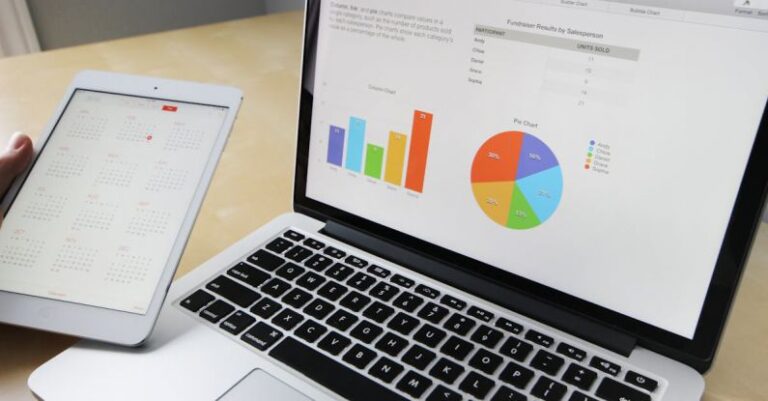
Understanding how economic indicators can predict market trends is crucial for investors and analysts seeking to make informed decisions in the financial world. Economic indicators are essential tools that provide insights into the overall health of an economy, helping stakeholders anticipate future market movements. By analyzing these indicators, market participants can gain valuable information that aids in making strategic investment choices. In this article, we will delve into the significance of economic indicators in predicting market trends and how investors can leverage this knowledge to their advantage.
The Role of Economic Indicators in Market Analysis
Economic indicators serve as vital metrics that reflect the economic performance and health of a country. These indicators encompass a broad range of data, including employment numbers, consumer spending, inflation rates, GDP growth, and industrial production. By monitoring these indicators, investors can gauge the current state of the economy and anticipate potential shifts in market trends.
One of the key benefits of economic indicators is their ability to provide early signals of economic changes. For example, rising unemployment rates may indicate a slowdown in economic activity, leading investors to adjust their investment strategies accordingly. By closely monitoring these indicators, market participants can stay ahead of market trends and position themselves to capitalize on emerging opportunities.
Leading vs. Lagging Indicators
Economic indicators are often categorized into leading and lagging indicators, based on their predictive capabilities. Leading indicators, such as building permits and consumer confidence surveys, tend to change direction before the economy as a whole. These indicators offer valuable insights into future economic trends and are closely watched by investors seeking to anticipate market movements.
On the other hand, lagging indicators, such as unemployment rates and corporate profits, reflect changes that have already occurred in the economy. While lagging indicators are essential for confirming trends, they are less useful for predicting future market movements. Investors primarily focus on leading indicators to gain a competitive edge in the market and make informed decisions based on upcoming economic shifts.
Relationship Between Economic Indicators and Market Trends
Economic indicators play a significant role in shaping market trends by influencing investor sentiment and market behavior. Positive economic data, such as strong GDP growth or low unemployment rates, can boost investor confidence and drive market rallies. Conversely, negative indicators, such as rising inflation or declining consumer spending, can lead to market downturns as investors become more cautious about the economic outlook.
The relationship between economic indicators and market trends is complex and multifaceted. While certain indicators may have a direct impact on specific sectors or asset classes, others can have broader implications for the overall market. For example, a sudden increase in oil prices may negatively affect transportation stocks but benefit energy companies, highlighting the interconnected nature of economic indicators and market trends.
Using Economic Indicators to Make Informed Decisions
Investors can leverage economic indicators to make informed decisions and adjust their investment strategies based on changing market conditions. By understanding the significance of key indicators and their potential impact on market trends, investors can develop a more comprehensive view of the economic landscape and position themselves for success.
Incorporating economic indicators into investment analysis allows investors to identify potential risks and opportunities in the market, enabling them to make timely and strategic investment decisions. Whether analyzing leading indicators for early signals of economic changes or monitoring lagging indicators to confirm trends, investors can benefit from a data-driven approach that enhances their ability to navigate volatile market conditions.
By staying informed about economic indicators and their implications for market trends, investors can gain a competitive edge and make well-informed decisions that align with their investment goals. The ability to anticipate market movements and react swiftly to changing economic conditions is a valuable skill that can help investors achieve long-term success in the dynamic and ever-evolving world of finance.





